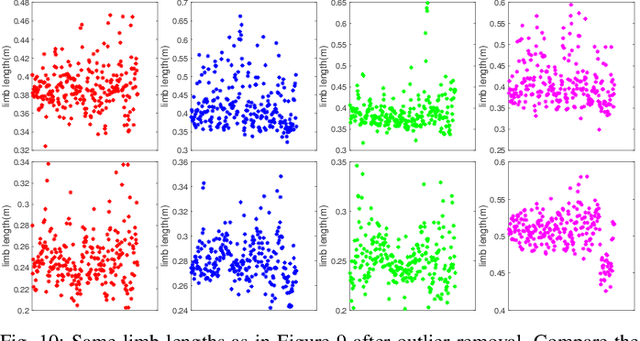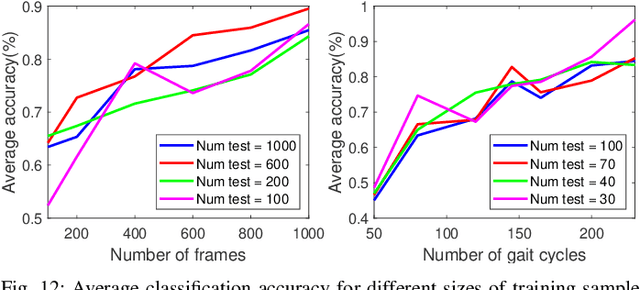K. M. Iftekharuddin
Brain Tumor Recurrence vs. Radiation Necrosis Classification and Patient Survivability Prediction
Jun 05, 2023Abstract:GBM (Glioblastoma multiforme) is the most aggressive type of brain tumor in adults that has a short survival rate even after aggressive treatment with surgery and radiation therapy. The changes on magnetic resonance imaging (MRI) for patients with GBM after radiotherapy are indicative of either radiation-induced necrosis (RN) or recurrent brain tumor (rBT). Screening for rBT and RN at an early stage is crucial for facilitating faster treatment and better outcomes for the patients. Differentiating rBT from RN is challenging as both may present with similar radiological and clinical characteristics on MRI. Moreover, learning-based rBT versus RN classification using MRI may suffer from class imbalance due to lack of patient data. While synthetic data generation using generative models has shown promise to address class imbalance, the underlying data representation may be different in synthetic or augmented data. This study proposes computational modeling with statistically rigorous repeated random sub-sampling to balance the subset sample size for rBT and RN classification. The proposed pipeline includes multiresolution radiomic feature (MRF) extraction followed by feature selection with statistical significance testing (p<0.05). The five-fold cross validation results show the proposed model with MRF features classifies rBT from RN with an area under the curve (AUC) of 0.8920+-.055. Moreover, considering the dependence between survival time and censor time (where patients are not followed up until death), we demonstrate the feasibility of using MRF radiomic features as a non-invasive biomarker to identify patients who are at higher risk of recurrence or radiation necrosis. The cross-validated results show that the MRF model provides the best overall performance with an AUC of 0.770+-.032.
GlidarCo: gait recognition by 3D skeleton estimation and biometric feature correction of flash lidar data
May 20, 2019



Abstract:Gait recognition using noninvasively acquired data has been attracting an increasing interest in the last decade. Among various modalities of data sources, it is experimentally found that the data involving skeletal representation are amenable for reliable feature compaction and fast processing. Model-based gait recognition methods that exploit features from a fitted model, like skeleton, are recognized for their view and scale-invariant properties. We propose a model-based gait recognition method, using sequences recorded by a single flash lidar. Existing state-of-the-art model-based approaches that exploit features from high quality skeletal data collected by Kinect and Mocap are limited to controlled laboratory environments. The performance of conventional research efforts is negatively affected by poor data quality. We address the problem of gait recognition under challenging scenarios, such as lower quality and noisy imaging process of lidar, that degrades the performance of state-of-the-art skeleton-based systems. We present GlidarCo to attain high accuracy on gait recognition under the described conditions. A filtering mechanism corrects faulty skeleton joint measurements, and robust statistics are integrated to conventional feature moments to encode the dynamic of the motion. As a comparison, length-based and vector-based features extracted from the noisy skeletons are investigated for outlier removal. Experimental results illustrate the efficacy of the proposed methodology in improving gait recognition given noisy low resolution lidar data.
 Add to Chrome
Add to Chrome Add to Firefox
Add to Firefox Add to Edge
Add to Edge